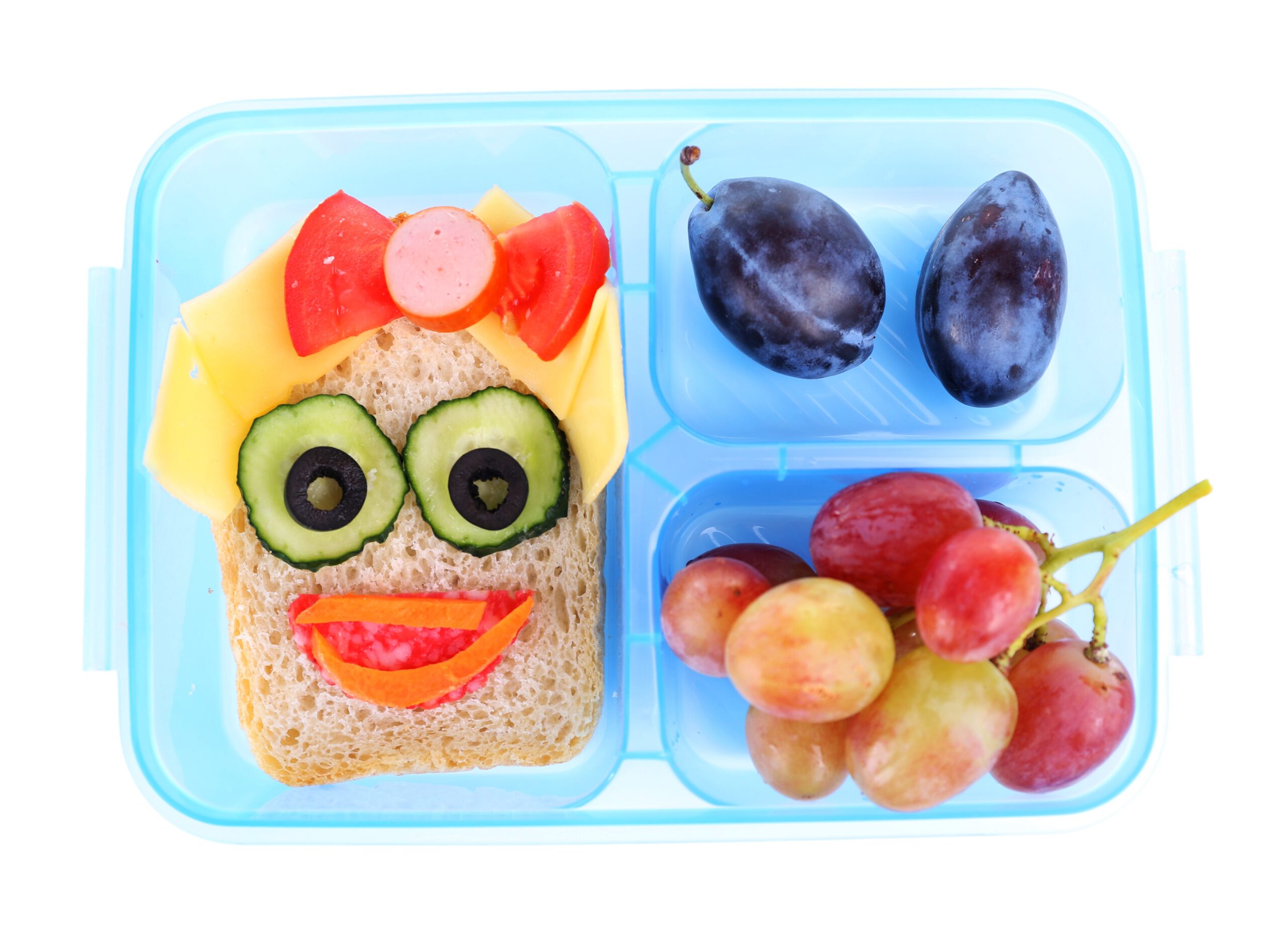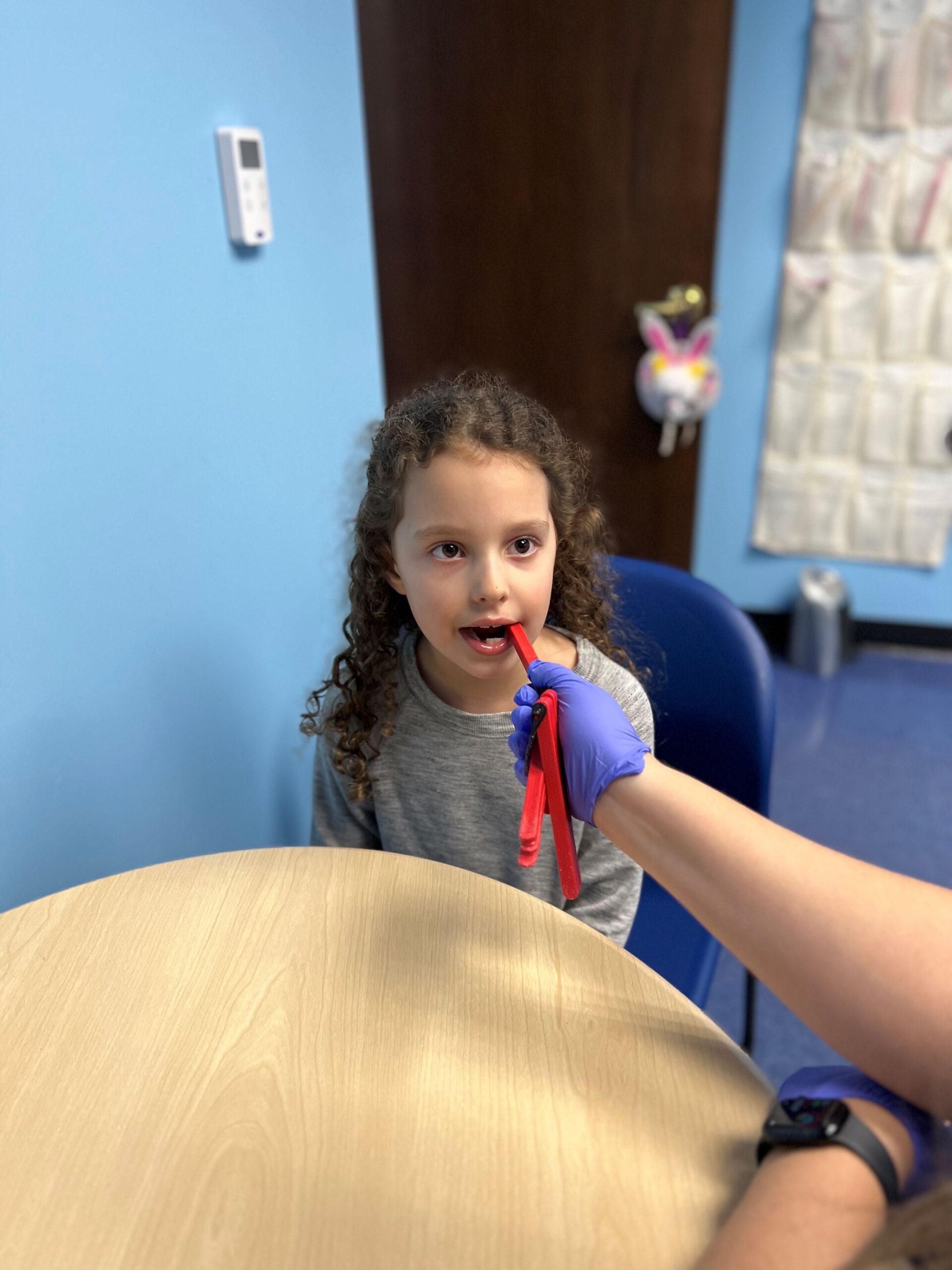Packing a lunchbox for a picky eater can feel like a daunting task, especially when you’re juggling the need for balanced nutrition with your child’s limited palate. Fortunately, with insights from feeding therapy and occupational therapy, you can create lunchboxes that not only meet dietary needs but also make mealtimes less stressful and more enjoyable for your child. Michigan Pediatric Therapy (MPT) in Farmington Hills, Michigan, is here to help you understand picky eating from an occupational therapy perspective.
Picky eating is a common issue among children and can be influenced by various factors, including sensory sensitivities, oral motor skills, and psychological elements. Occupational therapists (OTs) play a crucial role in addressing these challenges by working on the underlying issues that contribute to picky eating.

Sensory Sensitivities
Children who are picky eaters often have heightened sensitivity to the textures, smells, and tastes of food. An OT can help desensitize these sensory aversions through gradual exposure and positive reinforcement, making it easier for the child to accept a wider variety of foods.
Oral-Motor Skills
For some children, picky eating is related to difficulties with chewing, swallowing, or managing different textures in their mouths. Our occupational therapists can help improve these oral-motor skills through targeted exercises and techniques, ensuring that your child can safely and comfortably eat a broader range of foods.
Psychological Factors

Tips for Packing Your Picky Eater’s Lunchbox
Involve Your Child in the Process
Offer a Variety of Foods
Use Fun Shapes and Colors

Create a Balanced Lunchbox
Aim to include foods from all food groups to ensure balanced nutrition. This can include:
- Proteins: Chicken, turkey, tofu, cheese, yogurt, or hard-boiled eggs.
- Carbohydrates: Whole grain bread, pasta, rice, or crackers.
- Fruits and Vegetables: Apple slices, carrot sticks, cucumber slices, or berries.
- Healthy Fats: Avocado, nuts, seeds, or hummus.
Introduce New Foods Gradually
Use Dips and Sauces
Keep Portions Small
Make Lunchtime Fun

How Feeding Therapy Can Help
Feeding therapy provided by licensed occupational therapists, like those at MPT, can be incredibly beneficial for children struggling with picky eating. Here’s how it can help:
Assessment and Individualized Plan
Gradual Exposure to New Foods
Building Positive Associations
Parent Education and Support


Fun Tips and Tricks to Help Picky Eaters
Food Art
Taste Tests
Cooking Together
Themed Meals
Sensory Bins
Consulting with an Occupational Therapist
If you’re struggling with a picky eater, consulting with an occupational therapist can provide valuable support and guidance. An OT can help identify the underlying causes of picky eating and develop strategies to address them. Here’s what to expect when working with one of our experienced, licensed occupational therapists:
Initial Assessment
Customized Plan
Ongoing Support
Collaboration with Other Professionals
Conclusion
Michigan Pediatric Therapy is here to help make mealtimes fun again for the whole family!


Michigan Pediatric Therapy
📍 27655 Middlebelt Rd., Suite 130, Farmington Hills, MI 48334
📞 (248) 939-4030
🌐 mipediatrictherapy.com



